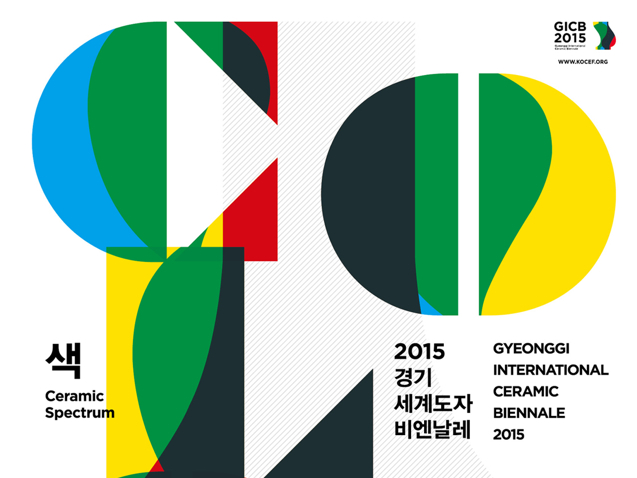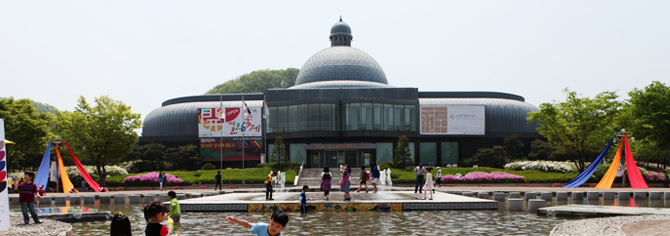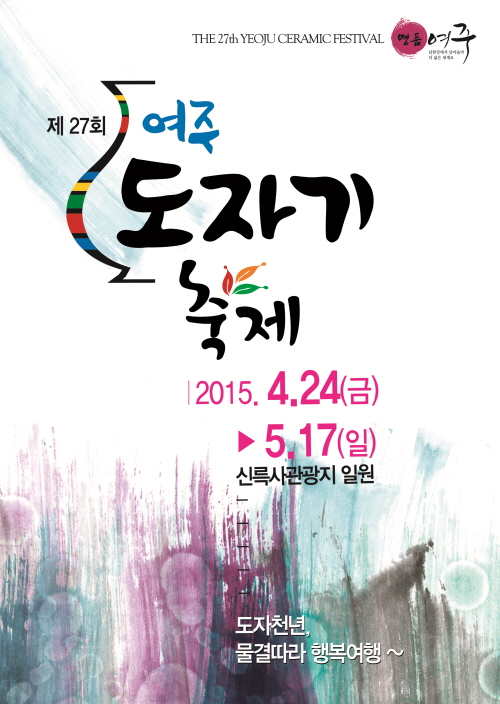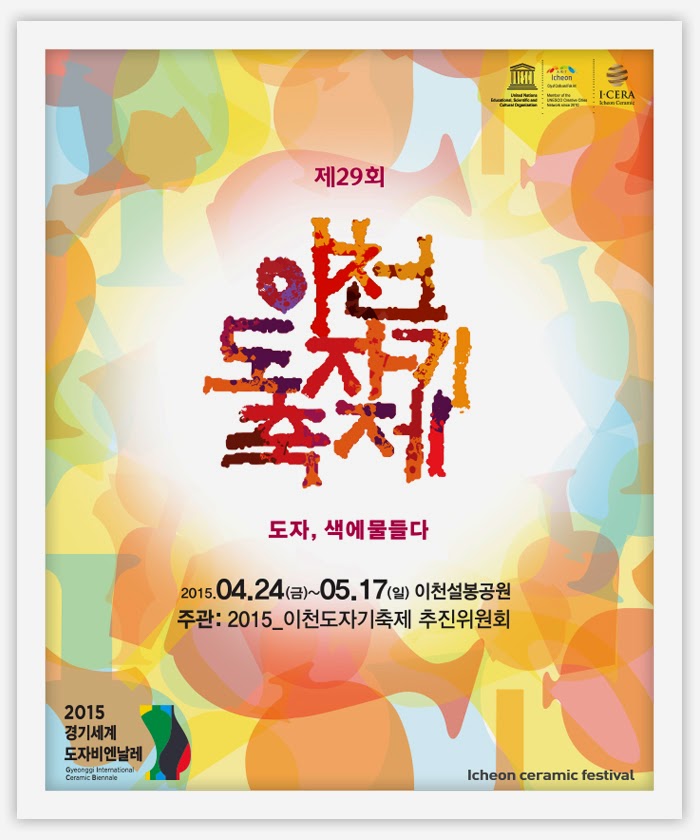
2015 Korea Ceramics Festivals
The earliest origins of ceramics are found in Czechoslovakia and it is one of the most ancient industries on the planet. Once humans discovered that clay could be dug up and formed into objects by first mixing with water and then firing, the industry was born. While Korean ceramics has been found as earliest as 8000 BC during the Goguryeo, Baekje and Silla Dynasty which marks the start of the Korean ceramic history.
Ceramics are made for usage purpose in the olden days, however, it has become a hobby for pottery enthusiast in this modern society. Thus, to exhibit and showcase the talents of these artists, there are quite a few events that are held throughout Korea. All events will be held on 24th Apr ~ 17th May 2015, unless stated.
- Gyeonggi International CeraMIX Biennale
This year’s event will be held on 24th Apr ~ 10th May 2015, joined by artists from 74 countries from around the globe, GICBiennale 2015 is the world’s largest biennale specialized in ceramics under the theme “Color: Ceramic Spectrum”.
This event divides color into three categories: Distinctive Color (Isaek), focusing on new trends and possibilities of ceramic art; Variegated Color (Chaesaek), showcasing the modern ceramic art through a combination of other genres; and Traditional Color (Bonsaek), to reflect the traditional factors of the three East Asian countries, Korea, Taiwan, and Japan by connecting the past, present, and future of ceramics.
To get there:
To Gyeonggi Ceramics Museum
-Gangbyeon Station (Seoul Subway Line 2), Exit 1.
Take Bus 1113-1 to the Gyeonggi Ceramics Museum.
-Jamsil Station (Seoul Subway Line 2), Exit 6.
Take Bus 500-1 to the Gyeonggi Ceramics Museum.
-Nambu Terminal Station (Seoul Subway Line 3), Exit 4.
Take Bus 500-2 to the Gyeonggi Ceramics Museum.
- Gwangju Royal Ceramic Festival
Gwangju Royal Ceramic Festival is an annual event in Gwangju, Gyeonggi-do where royal ceramic was first created during Joseon Dynasty. Ever since the first festival in 1998, it is comprised of various programs such as performances, exhibitions, and hands-on activities and expected to boost the ambience with numerous performances, traditional music and dances.
To get there:
[Subway + Bus]
-Gangbyeon Station (Seoul Subway Line 2), Exit 1.
Take bus 1113-1 to Gyeonggi Ceramic Museum.
-Jamsil Station (Seoul Subway Line 2), Exit 6.
Take bus 500-1 to Gyeonggi Ceramic Museum.
-Nambu Terminal Station (Seoul Subway Line 3), Exit 4.
Take bus 500-2 to Gyeonggi Ceramic Museum.
- Yeoju Ceramic Festival
Yeoju has been producing ceramics since the Goryeo period, and through the production of high-quality Goryeongto (Kaolin) and Baekto (white clay), it played an important role in the development of the early ceramic industry. Yeoju laid the foundations for becoming a major ceramic city by hosting the World Ceramics Expo in 2001. And since, it is now internationally recognized as a world center for ceramics.
As the first ceramic festival in Korea, it exhibits unique and high quality ceramic artworks by ceramics masters. One could also buy a variety of ceramic products at discounted prices at the festival.
To get there:
-From Dong Seoul Bus Terminal, take an intercity bus to Yeoju Terminal.
* Bus Schedule: 30min intervals
-From Yeoju Bus Terminal, take a local bus bound for Silleuksa Temple or a taxi to the festival venue.
- Icheon Ceramic Festival
Held in Seolbong Park, Icheon has been a valuable city for ceramic arts since originating in the Bronze Age and was designated as a “City of Crafts and Folk Art” on the UNESCO Creative Cities Network in 2010. Visitors can see a variety of Korea’s finest ceramics such as Cheongja (celadon porcelain), Baekja (white porcelain), and Buncheongsagi (grayish-blue powdered celadon) here at the Icheon Ceramic Festival.
To get there:
-From Dong Seoul Bus Terminal or Seoul Express Bus Terminal, take an intercity bus to Icheon Bus Terminal.
-From Icheon Bus Terminal, take a taxi to Seolbong Park.




